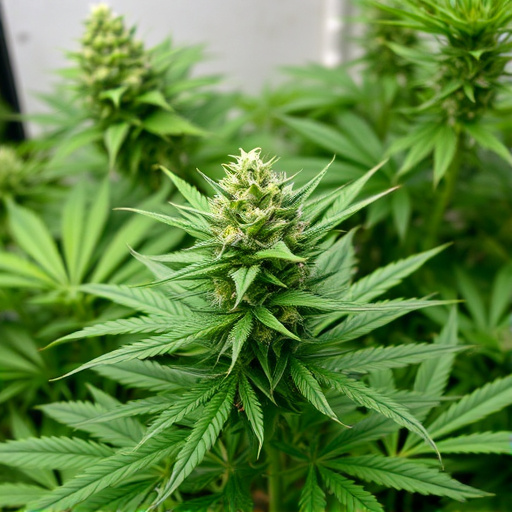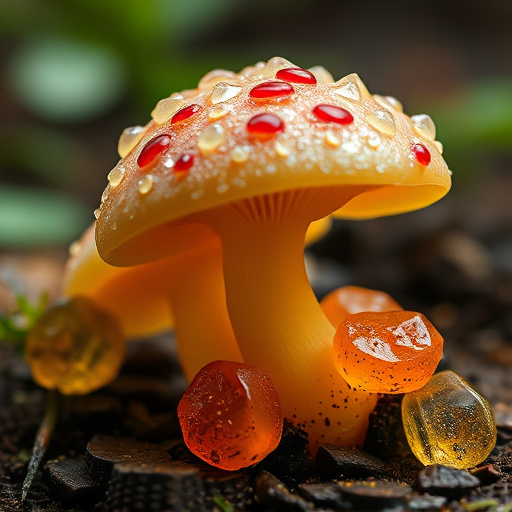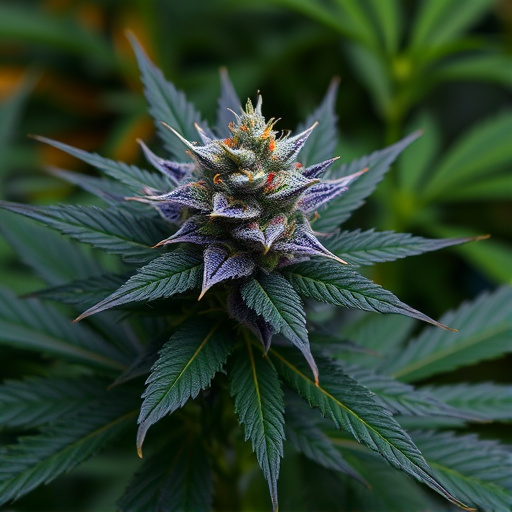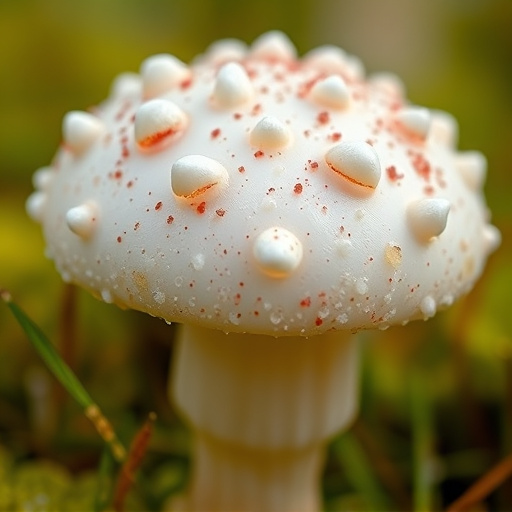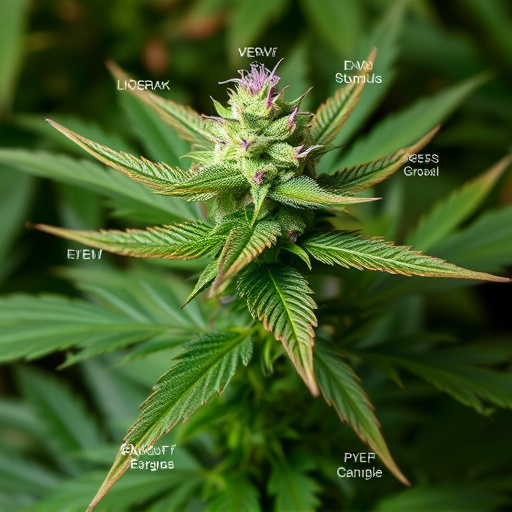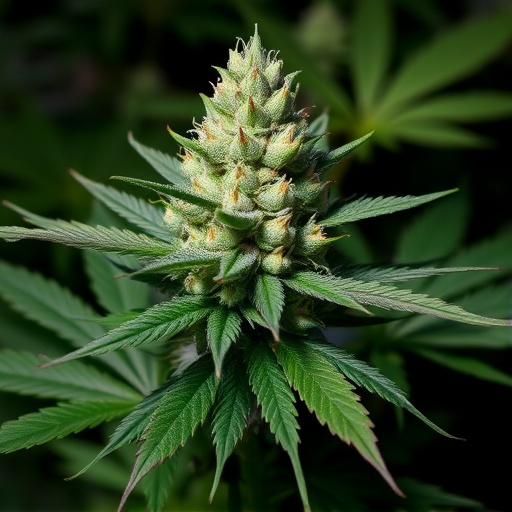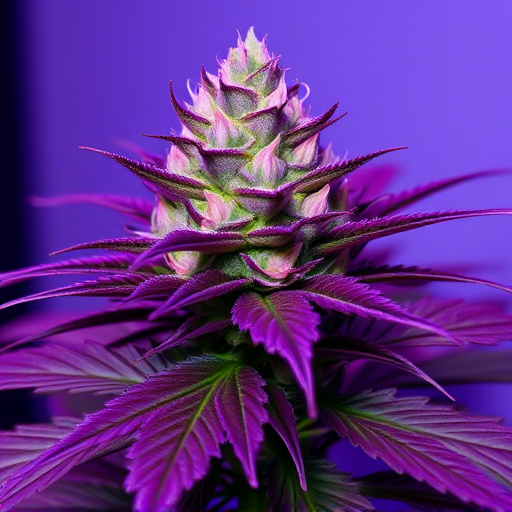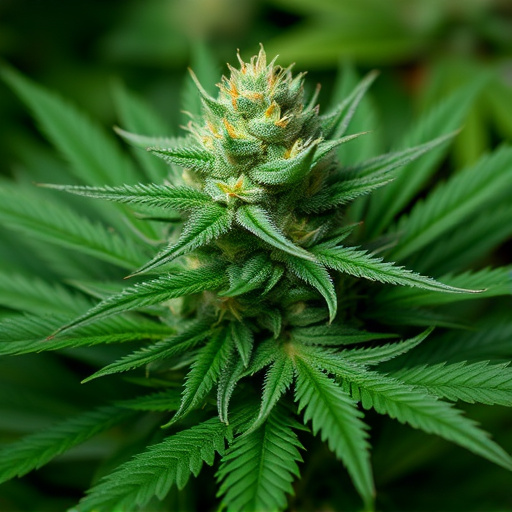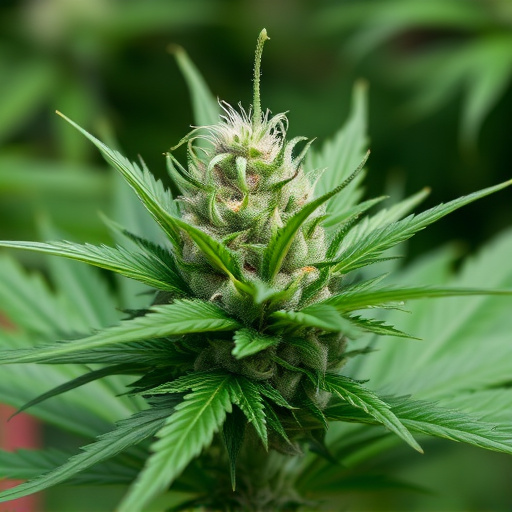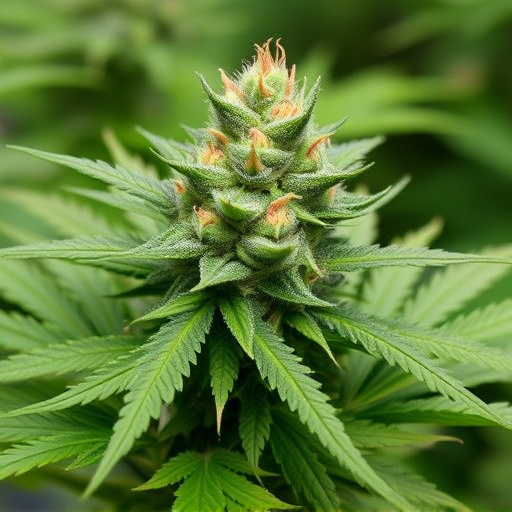THC in cannabis interacts with the body's endocannabinoid system, influencing appetite regulation. Research shows THC can stimulate hunger by affecting neurochemicals related to eating behavior, making certain top cannabis strains beneficial for medicinal use in conditions like anorexia or chronic illness-induced weight loss. Strains such as Northern Lights, Girl Scout Cookies, Blue Dream, and Strawberry Cough offer effective appetite stimulation with varied levels of THC and CBD. The key active compound, Tetrahydrocannabinol (THC), interacts with hormones leptin and ghrelin to control food intake and energy expenditure.
“Unraveling the complex relationship between THC and hunger hormones is a fascinating journey into the realm of cannabis’s physiological effects. This article explores how tetrahydrocannabinol (THC) interacts with our body’s natural appetite regulators, leptin and ghrelin. By delving into these interactions, we uncover strategies for managing hunger using top cannabis strains known for their unique properties in moderating appetite. Understanding these mechanisms offers insights into the potential benefits of cannabis-based therapies.”
- Understanding THC and Its Effects on the Body
- The Role of Hunger Hormones: Leptin and Ghrelin
- Top Cannabis Strains for Managing Appetite and Hunger
Understanding THC and Its Effects on the Body
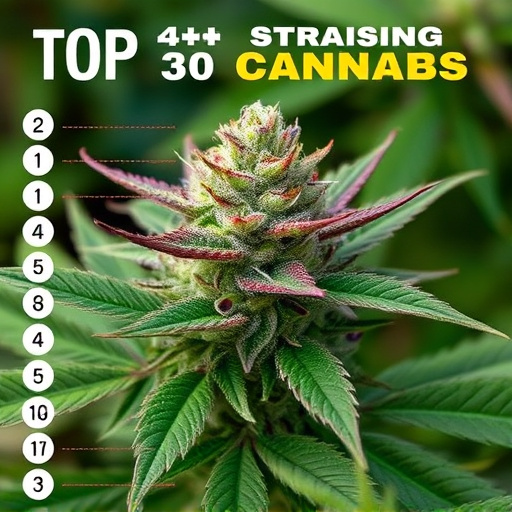
THC, or tetrahydrocannabinol, is one of the most well-known and potent compounds found in cannabis plants. It interacts with the endocannabinoid system (ECS) within our bodies, which plays a significant role in regulating various physiological processes, including appetite and hunger. When THC enters the body, it binds to specific receptors in the brain and other organs, leading to its characteristic psychoactive effects.
The impact of THC on hunger hormones is an area of growing interest in both scientific research and the cannabis industry. Studies suggest that THC can stimulate appetite by affecting certain neurochemicals associated with eating behavior. This effect is often cited as a reason why some individuals turn to top cannabis strains for medicinal purposes, particularly for those suffering from conditions like anorexia or weight loss related to chronic illness. However, it’s important to note that while THC may enhance hunger, the overall experience and effects can vary greatly depending on individual tolerance, strain potency, and method of consumption.
The Role of Hunger Hormones: Leptin and Ghrelin
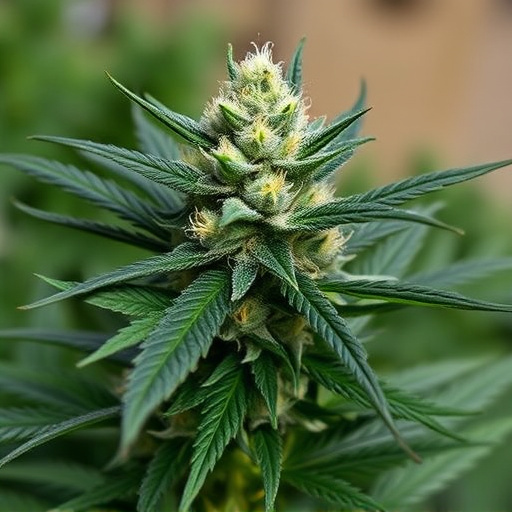
The body’s ability to regulate hunger is a delicate balance between hormones that signal satiation and those that stimulate appetite. Two key players in this intricate dance are leptin and ghrelin. Leptin, often referred to as the ‘fat hormone,’ signals the brain to reduce food intake and increase energy expenditure, helping to maintain a healthy weight. On the other hand, ghrelin, nicknamed the ‘hunger hormone,’ is released when the stomach is empty, prompting feelings of appetite and encouraging food intake.
In recent years, research has explored how cannabinoids, particularly tetrahydrocannabinol (THC) found in top cannabis strains, interact with these hunger hormones. Studies suggest that THC can suppress leptin signaling, leading to increased hunger and potential weight gain. Conversely, it stimulates ghrelin release, further amplifying appetite. Understanding this dynamic is crucial for both those exploring the therapeutic potential of cannabis for eating disorders as well as individuals looking to manage their appetite while consuming cannabis products.
Top Cannabis Strains for Managing Appetite and Hunger
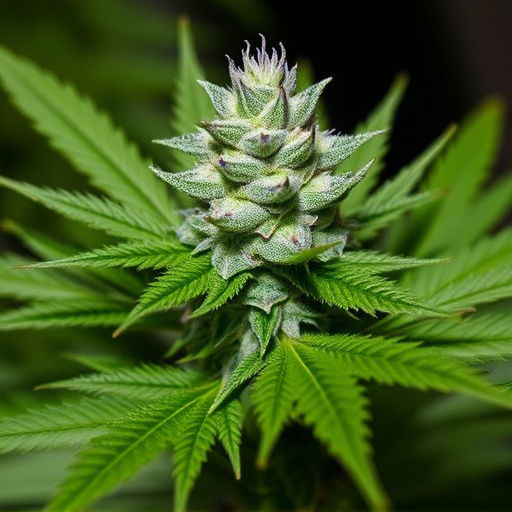
Cannabis has long been known for its ability to stimulate appetite, making it a potential tool in managing conditions like chemotherapy-induced nausea and eating disorders. Certain strains are particularly renowned for their effectiveness in boosting hunger. The key active compound here is Tetrahydrocannabinol (THC), which interacts with the body’s endocannabinoid system to regulate hunger and satiety.
Among the top cannabis strains for managing appetite and hunger, Northern Lights stands out for its balanced THC and CBD content, making it less intoxicating while still effective in stimulating hunger. Girl Scout Cookies is another popular choice, known for its high THC levels and sweet, aromatic flavor that can make eating a pleasure again. For those looking for a more subtle effect, strains like Blue Dream and Strawberry Cough offer moderate THC concentrations along with pleasant scents and flavors, making them enjoyable to consume while promoting increased appetite.
THC’s impact on hunger hormones, particularly leptin and ghrelin, offers a unique potential for managing appetite. By understanding these effects, individuals can strategically choose from the many available top cannabis strains to support their specific needs. Further research is essential to unlock the full scope of THC’s benefits in this area, but current insights already point towards a promising future for natural appetite regulation using cannabis-based solutions.
